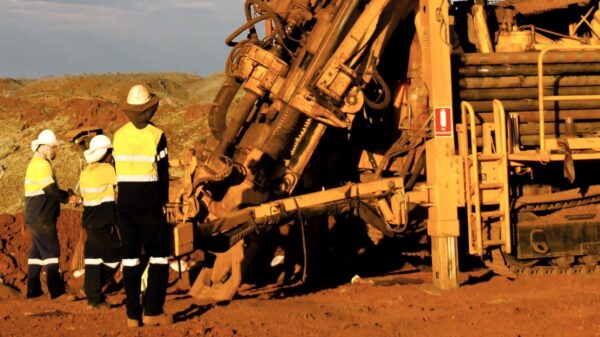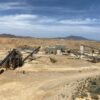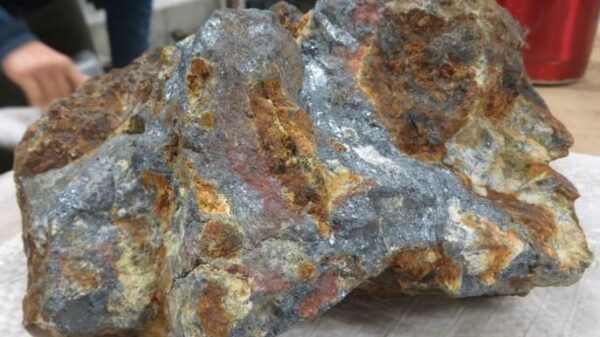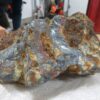i-80 Gold (TSX: IAU) (NYSE: IAUX) announced high grade results from its underground drilling campaign at its McCoy-Cove property in Lander County, Nevada.
The company said on Tuesday that the results have proven timely, as as gold prices have reached historic highs. The price of gold reached USD$2,463.60 per ounce on Monday.
The results from the Helen and CSD Gap zones improve upon the intercepts from the 2023 program. These results included up to 22.6 g/t over 19.1 meters, 32.9 g/t over 14.9 meters and 23.5 g/t over 12.8 meters.
Highlights from this year’s Helen and CSD Gap zone drill campaign include:
- 48.3 grams per tonne (g/t) gold over 3 meters,
- 15.8 g/t over 15.8 meters,
- 14.3 g/t over 13.5 meters,
- 15.1 g/t over 7.4 meters,
- and 22.6 g/t over 7.1 meters.
The McCoy-Cove project on the Battle Mountain trend has historically yielded around 3.3 million ounces of gold and over 100 million ounces of silver, making it one of Nevada’s highest-grade gold-silver deposits.
“Definition drilling continues to return high-grade mineralization over impressive widths, making Cove an anchor project in the company’s future growth plans,” said Ewan Downie, CEO of i-80 Gold.
The property is located south of Nevada Gold Mines’ Phoenix mine and Lone Tree property and is geographically close to US Gold Corp‘s (NASDAQ: USAU) Keystone Property.

3D view of the Cove Deposit and drill program. Image via i-80 Gold
Read more: U.S. Gold Corp acquires environmental quality permit in Wyoming
Read more: U.S. Gold to present at New York’s Current Trends in Mining Finance Conference
McCoy-Cove Property is approximately 13K hectares
Carlin-style mineralization in the Helen and CSD Gap zones occurs primarily within the Favret limestone rock unit, with enhanced grades and thicknesses of mineralized zones emerging at structural intersections, along the margins of dikes and sills, and within the axis of the northwest-striking Cove anticline.
The McCoy-Cove Property spans approximately 13,000 hectares, covering an area roughly 15 km by 10 km. It presents substantial exploration potential, as most work to date has concentrated on the main deposit areas. Earlier exploration, largely completed in 2014, led to several new discoveries. These include polymetallic mineralization in the 2201 and Davenport targets, which have seen little to no follow-up.
“Our delineation program has consistently returned results that place Cove amongst the highest grade, development-stage, gold deposits in North America,” said Downie.
One of the primary future targets at McCoy-Cove is the pediment area east of the Cove deposit. Here only two holes have been drilled deep enough to intersect the favorable Favret limestone unit. Both holes intersected broad zones of Carlin-type alteration, with assays reaching up to 1.9 g/t Au and 239.8 g/t Ag over 7.7 meters.
Additionally, the company is reviewing the potential for oxide open-pit mineralization near the historic McCoy mine, located south of Cove.
U.S. Gold Corp. is a sponsor of Mugglehead news coverage
.














